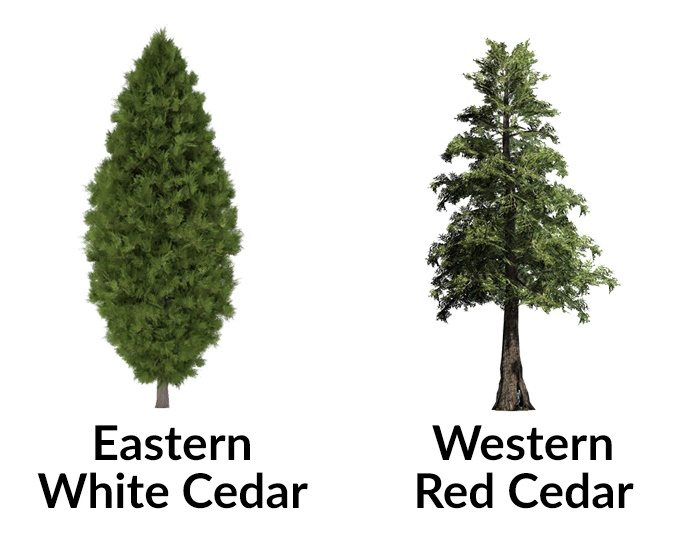
Cedar roof restauration experts
Cedar roof restauration experts
Cedar roof restauration experts
Cedar roof restauration experts
Wood is a very important material for various applications, among which building construction. It is a regenerative source on our planet with the right conditions. Of all wood, cedar is an important type of wood that is used for roofing and siding.
The cedar tree is an evergreen coniferous tree that grows about 30-40m or more in height, with leaves that cover branches in a flat way. Historically in North America, cedar has been used for various applications, including totem poles, boats, houses, etc.
“Cedar comes in six species in total, with two of them native to North America. They are the Western red cedar and the Eastern White cedar.” (source: The Canadian Encyclopedia)
The Eastern white cedar (T. occidentalis), growing to 25 m, occurs in the Great Lakes (St-Lawrence) forest region. (source: The Canadian Encyclopedia)
The Western red cedar (T. plicata), found along the BC coast and western slopes of the Rocky Mountains, may attain 60 m in height, and 3 m in diameter. (source: The Canadian Encyclopedia)

(source: Natural Resources Canada)
• The forest industry contributed $22.1 billion to nominal gross domestic product (GDP) in 2015.
• Less than 0.3% of Canada’s forests are harvested annually
• Less than 0.02% of Canada’s forests are deforested each year.
• 100% of forests harvested on Canada’s public land must be successfully regenerated.
• As of December 2015, Canada had 166 million hectares of forests certified as being sustainably managed under one or more of three globally recognized certification systems.
• Bioenergy accounts for 60% of the total energy used by the forest industry.
(source: American Forest and Paper Association)
• Today, the United States has 20 percent more trees than it did on the first Earth Day celebration more than 40 years ago.
• For the past 100 years, total forest area has been stable and grew by 2 million acres from 2000 to 2005.
• In the US, forests and forest products store enough carbon each year to offset approximately 10 percent of the nation’s CO emissions.
• A single tree can absorb more than 10 pounds of CO each year.
• In the US, private, working forests support 2.5 million jobs, $235 billion in annual sales, $87 billion in payroll, $4.4 billion in state income and severance taxes, and $102 billion to the GDP.
“Salvage logging forms a good part of cedar shake and shingle fiber supply. The salvage logging process involves harvesting sections of logs that would otherwise be left on the forest floor as they are unusable for other forestry business operations. As cedar is naturally decay resistant, this salvage fiber is in pristine condition and allows the industry to make full use of a valuable natural resource.” (source: Cedar Shake and Shingle Bureau)

It’s good reassurance that we, in North America, are keeping an eye on forestation of our land and its rejuvenation while dealing with an expanding population and evolving markets.
Thank you for reading this article and we sincerely hope it was useful and informative.
Our Cedar Roofs Inc.
Restoration experts
Cedar | The Canadian Encyclopedia
Natural Resources Canada – Key Facts about Canada’s Forests
Read our articles
Before & after
Client testimonials





Why hire us
By filling out this form, you agree to our privacy policy. We will contact you within 48hrs to schedule a visit and we thank you for your interest.

Our Cedar Roofs Inc. All rights reserved © 2025.